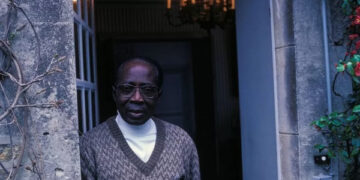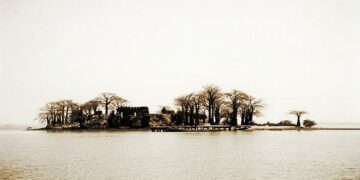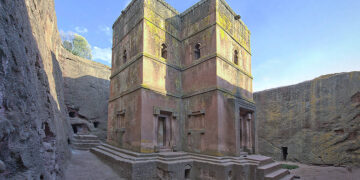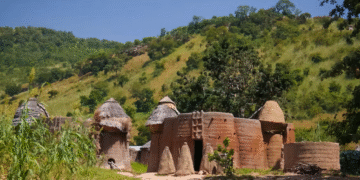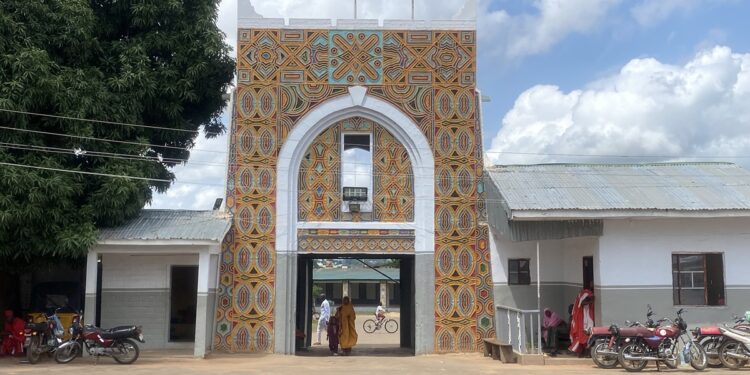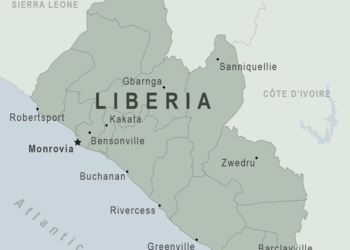The Nupe (also called Nupawa by the Hausa and Tapa by the neighboring Yoruba) are an indigenous ethnic group of the Middle Belt of Nigeria. They are an indigenous ethnic group of north-central Nigeria, residing mainly in Niger State but also in Kwara and Kogi States and the Federal Capital Territory. They speak the Nupe language, which belongs to the Nupoid group in the Benue-Congo branch of the Niger-Congo language family.
The Nupe people have a variety of customs. Many practices have altered as a result of the activities initiated by Usman Dan Fodio’s jihad in the nineteenth century, yet part of their culture remains. Many Nupe people wear scarification on their faces (akin to an old Yoruba ritual), some to identify their status and family, others for protection and jewelry embellishment. However, in certain locations, these practices are disappearing. Their art is frequently abstract. They are well-known for their hardwood stools with carved designs on the surface.
Prior to the Fulani jihad in 1804, the Nupe Empire was at its peak of prominence. Later developments placed the kingdom under the rule of the Gwandu dynasty, following the Fulani invasion of the whole Hausa States.
After the indigenous (non-Fulani rulers) seized government in 1810, Mallam Dendo (locally known as Manko), a Fulani scholar from Bangana (a hamlet near Brinin Kebbi), established himself as the new leader. He therefore relocated the then-Nupe capital from Raba to Bida, which is generally regarded today as the capital of Nupe land in Nigeria.Historians believe that by 1352, the Nupe had already established themselves in this site. Geographically, this region borders the Federal Capital Territory (FCT) in the southeast of Bida and Minna, heading towards Suleja.
To the north, it borders Zungeru, while to the west, Zugurma leads to Kontagora. It shares boundaries with Yoruba communities near Kabba on the west bank of the River Niger, from Okene to Lokoja. As a result, the Nupe people inhabit a vast area in central Nigeria.
The Nupe’s militant past resulted in the construction of walled villages and cities to defend residents from attacks. The typical house is made up of many huts, most of which are circular in shape, built of clay and thatched with grass, and enclosed by a tall mud wall. In the twentieth century, Western architecture and style gained popularity, particularly among urban dwellers. Corrugated iron sheets are utilized instead of thatch roofs, and concrete cement homes replace mud structures. Individual families with high enough incomes established their own homes rather than living in extended family residences. Failure to contribute to the expense of extended family house maintenance frequently resulted in the homes’ early dissolution.



































